Phytoplankton is an essential aquaculture component, providing a vital food source for many species. These tiny organisms are crucial for nutrition for various marine, brackish water species, and freshwater animals.
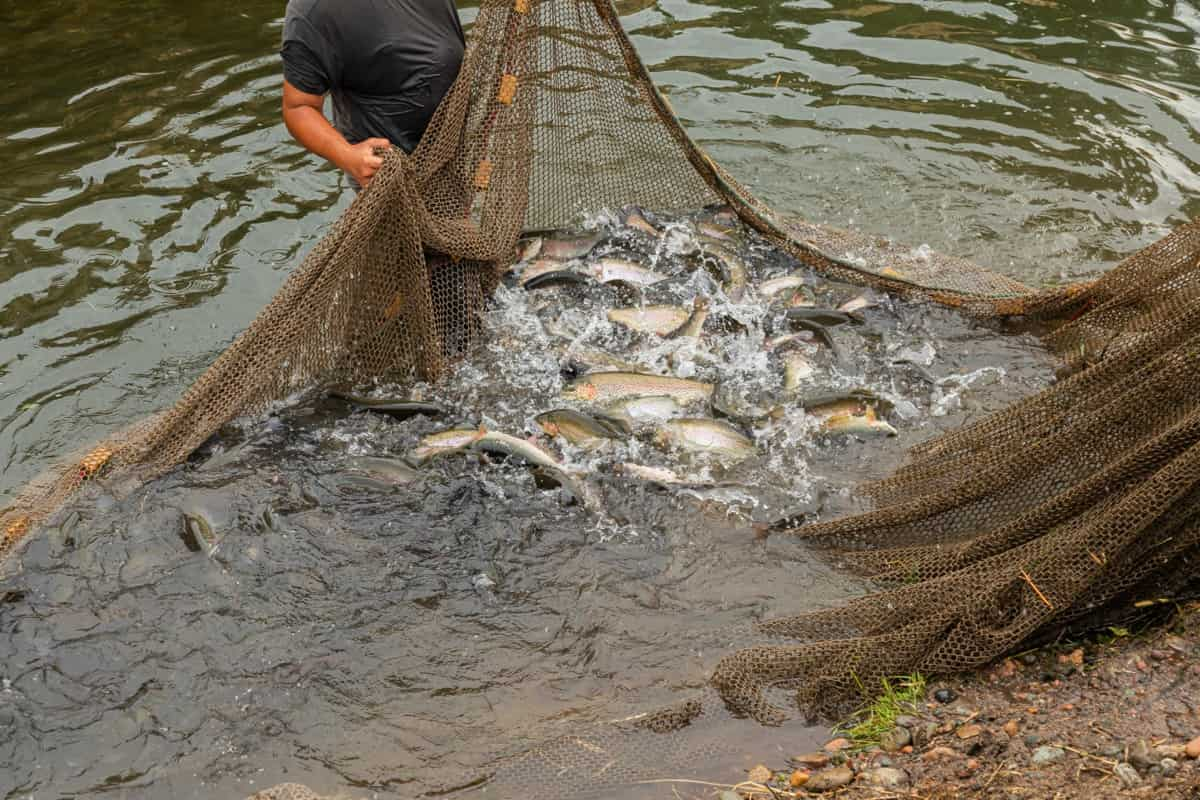
How to Boost Phytoplankton in Aquaculture
What is Phytoplankton?
- Phytoplankton serves as food for many species of fish and other aquatic organisms. Increasing availability promotes growth and reduces competition among species for resources.
- It is essential to note that phytoplankton plays a crucial role in the commercial rearing of various species of marine, brackish water, and freshwater animals. They serve as a good food source for all bivalve mollusks, larval stages of some crustacean species, and very early growth stages of some fish species.
- To maintain optimal phytoplankton levels in aquaculture ponds, one must ensure an adequate supply of major nutrients such as nitrogen and phosphorus. Fertilizers are useful for promoting the development of planktonic algae, which serves as food for many fish.
- Additionally, increasing the number of phytoplankton in your system can stimulate the growth of zooplankton, which serves as a secondary food source for many fish species. This creates a more sustainable ecosystem within your aquaculture setup and reduces dependency on artificial feeds.
- Moreover, having ample amounts of phytoplankton can enhance the coloration and appearance of fish since they contain pigments such as chlorophyll and carotenoids. These pigments promote better skin health and coloration in aquatic animals.
The Importance of Phytoplankton in Aquaculture
Phytoplankton are microscopic organisms that float freely in water and form the base of the aquatic food chain. They are an essential component of many ecosystems, including aquaculture ponds. These tiny creatures convert sunlight, carbon dioxide, and nutrients into organic matter through photosynthesis. Moreover, boosting phytoplankton levels can help reduce harmful algal blooms by out-competing them with more beneficial species. This is crucial for maintaining water quality and preventing illnesses or death among aquatic life.
In case you missed it: Top 19 Steps/Ways/Methods to Boost Lettuce Yield: How to Increase Production, and Quality
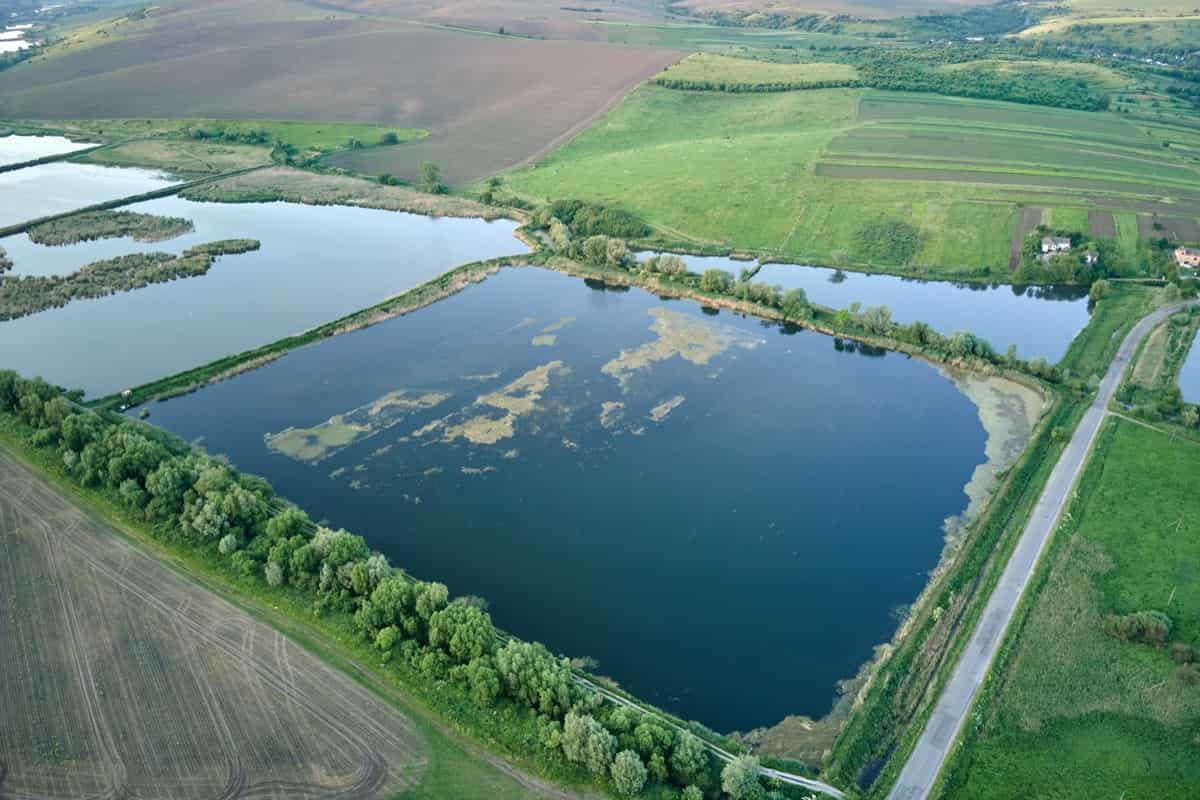
Increasing phytoplankton levels can lead to increased productivity in aquaculture systems which translates into higher yields and profits for farmers. In addition to being a primary food source for many aquatic animals, phytoplankton also plays a crucial role in maintaining oxygen levels in the water. During photosynthesis, they release oxygen into the surrounding environment. Without enough phytoplankton, dissolved oxygen levels can decrease rapidly, leading to fish kills.
Another important function of phytoplankton is their ability to absorb carbon dioxide from seawater and release it into the atmosphere. This process helps regulate our planet’s climate by reducing atmospheric CO2 levels. In commercial rearing practices, phytoplanktons provide food for various growth stages of bivalve mollusks, larval stages of certain crustacean species, and very early growth stages of some fish species. These animals provide critical nutrition to survive and grow into healthy adults.
Phytoplanktons are available naturally in water bodies but can also be cultured artificially or with fertilizers to enhance their growth. This practice helps ensure adequate supply and availability for the needs of farmed aquatic animals. Phytoplankton is indispensable to aquaculture operations worldwide because it is a primary food source for numerous aquatic creatures. It provides vital nutrients young or developing fishes require during their initial life phases when other sources may not be readily available.
How to Maintain Optimal Phytoplankton Levels in Aquaculture
- Maintaining optimal phytoplankton levels in aquaculture is crucial for the growth and health of aquatic animals. The first step in maintaining these levels is regularly monitoring water quality, including temperature, pH levels, dissolved oxygen, and nutrient concentrations. If any of these parameters are out of balance, it can negatively impact phytoplankton growth.
- In addition to monitoring water quality, regular testing should also be done to determine the population density and diversity of phytoplankton in the water. This will help identify potential issues with overgrowth or underproduction.
- Another important factor in maintaining optimal phytoplankton levels is proper feeding practices for aquatic animals. Overfeeding can lead to excess nutrients that promote unwanted algae growth instead of beneficial phytoplankton populations. Maintaining a balanced ecosystem is important by introducing natural predators that feed on excessive algae and promote healthy plankton production.
In case you missed it: Top 15 Steps/Ways/Methods to Boost Hazelnut Yield: How to Increase Production, Size, and Quality
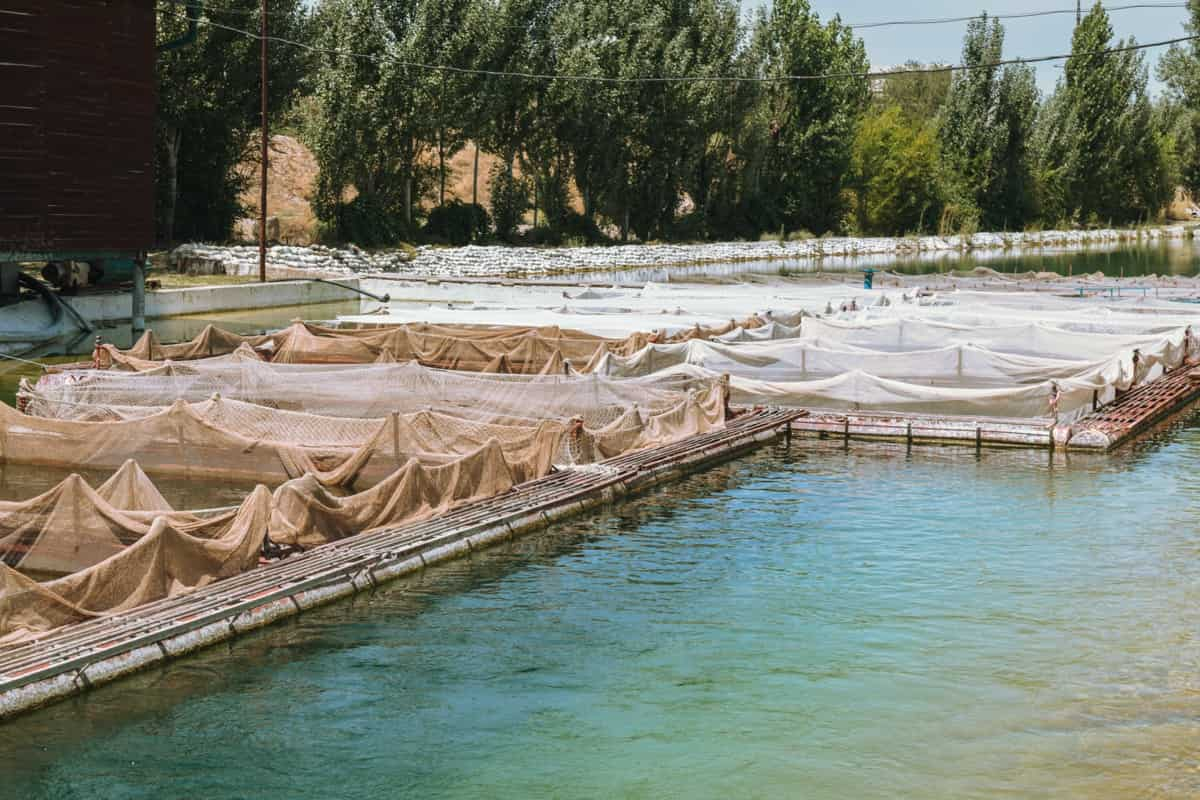
Why Phytoplankton is a Crucial Component of Aquaculture?
- It is due to its important role in sustaining aquatic ecosystems. Phytoplankton are microscopic plants that thrive and reproduce rapidly in nutrient-rich waters. These tiny organisms form the base of many aquatic food chains, providing an essential food source for zooplankton, small fish, and other marine creatures.
- In aquaculture ponds, phytoplankton is critical in maintaining water quality by removing excess nutrients from the water column through photosynthesis. This process helps to prevent harmful algal blooms and ensures that oxygen levels remain high enough to support healthy fish populations.
- Moreover, phytoplankton also provides a direct source of nutrition for many species raised in aquaculture operations. Larval stages of crustaceans also consume large quantities of phytoplankton during early development.
Factors Affected on Phytoplankton Growth
- Ensure that your water quality parameters, such as temperature, pH, salinity, and dissolved oxygen levels, are optimal for the growth of phytoplankton.
- Another key factor is providing adequate light exposure to your aquatic system. Phytoplankton requires proper lighting conditions for photosynthesis and growth. If possible, utilize natural sunlight or invest in artificial lights designed for aquarium use.
- Feeding your aquatic organisms high-quality feed is crucial in promoting phytoplankton growth. Nutrient-rich feeds promote better health and faster growth among aquatic animals, which leads to higher demand for nutrients, thus boosting the overall phytoplankton population.
- In addition to these practices, regular maintenance of ponds or tanks by removing excess debris and reducing waste build-up encourages healthy microbial activity, which further fuels Phytoplankton production. Phytoplankton absorbs excess nutrients in the water, such as nitrogen and phosphorus, which improves water quality and reduces the risk of harmful algal blooms.
- Another important factor to consider is light availability since it directly influences photosynthesis—the process through which phytoplankton creates energy by converting sunlight into chemical energy. Insufficient or excessive light can affect phytoplankton’s ability to grow healthily.
- Another factor that affects plankton productivity is water temperature. Phytoplankton thrives well in warm waters since it increases their metabolic rate leading to faster reproduction rates. In contrast, colder temperatures may slow their metabolism leading to slower reproduction rates.
- Water movement also impacts the distribution of phytoplankton throughout the water column; thus, proper circulation helps maintain an even spread across different depths.
- Proper circulation helps distribute nutrients throughout the tank evenly while preventing dead spots where algae accumulation could occur.
- Other organisms like zooplanktons feed on phytoplanktons; hence, resource competition could negatively impact their abundance.
- Through photosynthesis, phytoplankton produces oxygen that supports aerobic respiration in other organisms within the ecosystem. This helps maintain proper oxygen levels necessary for maintaining healthy populations of aquatic life. Many marine species rely on phytoplankton as their main food source. By cultivating a healthy population of these microscopic organisms, you can provide a sustainable food source for your aquatic animals.
In case you missed it: Top 19 Steps/Ways/Methods to Boost Mint Yield: How to Increase Production and Quality
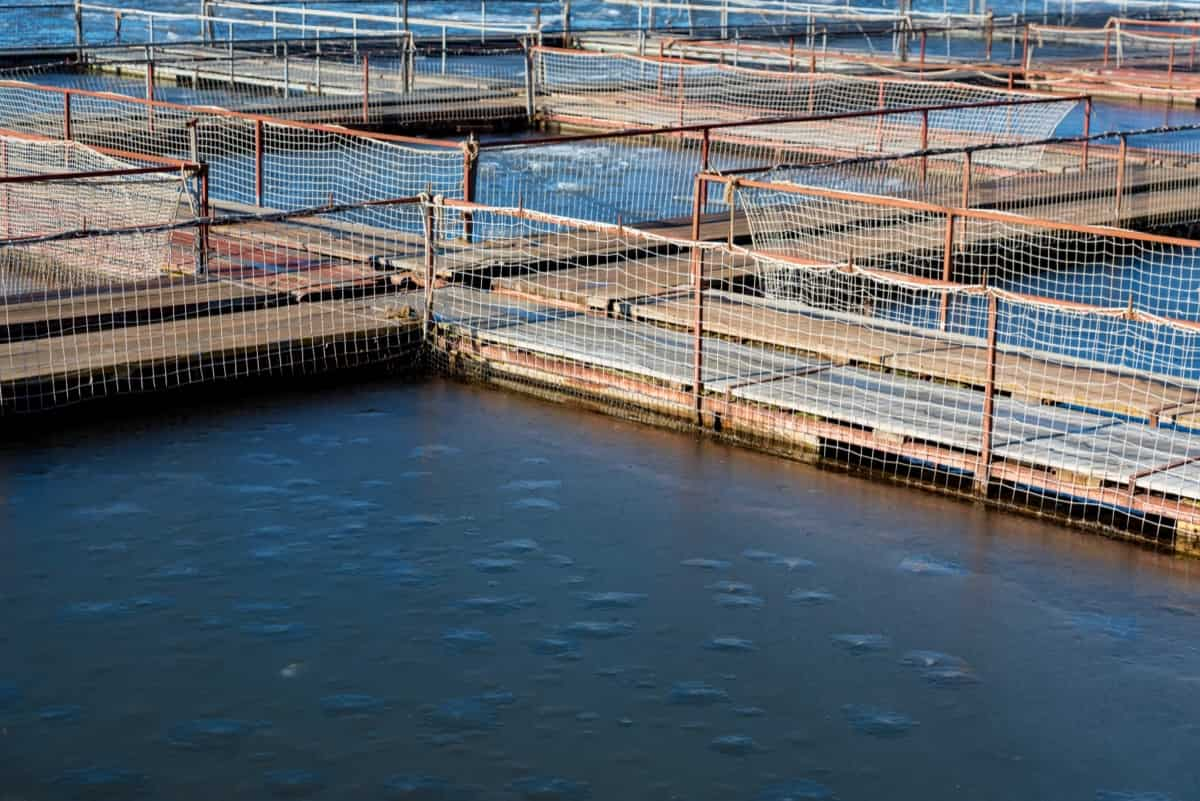
Role of Phytoplankton in Aquaculture
- It is important in providing food for many fish species and other aquatic organisms necessary for their growth and development. Boosting phytoplankton levels in aquaculture ponds requires proper management techniques such as fertilization, water quality monitoring, and regular maintenance.
- Maintaining optimal phytoplankton levels can significantly benefit aquaculture systems’ health and productivity. Ensuring enough food for the raised fish species can help improve overall yields while minimizing waste.
- Phytoplankton culture also has huge potential as a feed source for various stages of fish rearing. Its production offers a sustainable alternative to traditional feeds that rely heavily on wild-caught fish or unsustainable agricultural practices.
- Boosting phytoplankton in aquaculture through effective management strategies offers numerous benefits to farmers and the environment by promoting sustainability in our food systems.
How to Boost Phytoplankton in Aquaculture
Increase Nutrient Levels
Phytoplankton requires nutrients such as nitrogen and phosphorus to grow, so adding fertilizer or organic matter to the water can help stimulate its growth. Nutrients such as nitrogen and phosphorus play a critical role in promoting the growth of these tiny organisms. However, it’s vital to ensure that the nutrient levels are not excessive, as this may lead to harmful algae blooms that could impact fish health negatively. Too little nitrogen, for example, can result in a decrease in phytoplankton biomass and growth. To ensure adequate levels of nutrients are available, it’s important to monitor nutrient levels and adjust feeding schedules as needed.
Increase Light Exposure
- Phytoplankton photosynthesizes using light energy from the sun, so increasing exposure to sunlight or artificial light sources can improve growth rates. Increasing light exposure can be an effective way to boost phytoplankton levels in aquaculture settings. This can be achieved using artificial lighting systems or increasing natural sunlight exposure by properly positioning tanks or ponds.
- It is important to note that too much light exposure can also negatively affect phytoplankton growth, leading to photoinhibition and reduced productivity. Therefore, finding the right balance between providing enough light without overwhelming the system is crucial.
In case you missed it: Top 20 Steps to Boost Bottle Gourd Yield: How to Increase Production, Size, and Quality
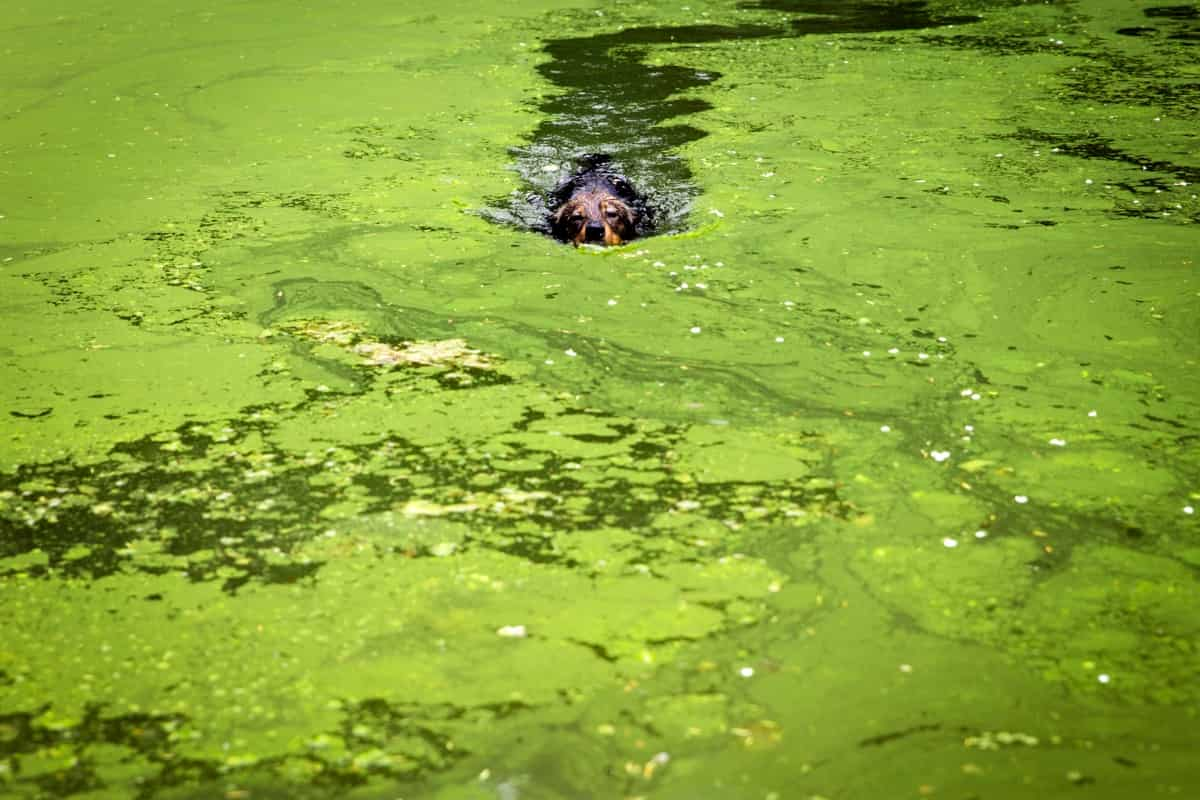
Use Fertilizers
One way to boost phytoplankton levels is by using fertilizers that provide major nutrients algae need. Fertilizers stimulate the development of planktonic algae, an essential food source for filter-feeding bivalves like clams and oysters. Moreover, larger planktivores such as Chinese silver carp and Nile tilapia feed on these tiny organisms during early life stages. However, it’s important to note that excessive fertilization can lead to algal blooms that deplete oxygen levels in water bodies. Therefore, it’s necessary to maintain optimal nutrient levels without overstimulating algal growth.
Use Aeration Systems
Aerating the water helps circulate it and prevent stagnation, which can inhibit phytoplankton growth. They work by introducing oxygen into the water, which stimulates phytoplankton growth. In addition to improving overall water quality, aeration systems can increase fish production. Several types of aeration systems are available on the market, each with unique benefits. For example, diffused air systems release tiny bubbles into the water column, providing efficient oxygen transfer while minimizing energy consumption.
Mechanical surface aerators use paddles or propellers to mix and aerate the water at the surface level. When selecting an aeration system for your aquaculture operation, it’s important to consider factors such as pond size and depth, cultured species, and local climate conditions. A professional consultant can help you determine which system best suits your needs.
Reduce Water Exchange Rates
- Reducing water exchange rates allows for more stable nutrient levels that promote consistent phytoplankton growth. This method minimizes the loss of nutrients from the system while allowing for better utilization by maintaining optimum concentrations within the tank or pond.
- When there is a high water exchange rate or turnover, nutrients are continuously flushed out of the system. As a result, phytoplankton growth is limited due to insufficient nutrients, which negatively affects the overall health and productivity of the aquatic ecosystem.
- By reducing water exchange rates, you can create an ideal environment for phytoplankton growth because it allows more time for them to consume available nutrients. This method also ensures that essential minerals remain in the water column, where other organisms can utilize them.
- However, it’s important not to reduce water circulation too much as this can lead to stagnant conditions and decreased dissolved oxygen levels. Therefore, balancing reduced water flow and adequate circulation is key when implementing this strategy.
- Reducing water exchange rates is an effective way of boosting phytoplankton production in aquaculture systems. By creating a stable environment with ample resources available for growth and reproduction, we can ensure healthy populations that support sustainable seafood production.
In case you missed it: Top 18 Steps/Ways to Boost Onion Yield: How to Increase Production, Size, and Quality
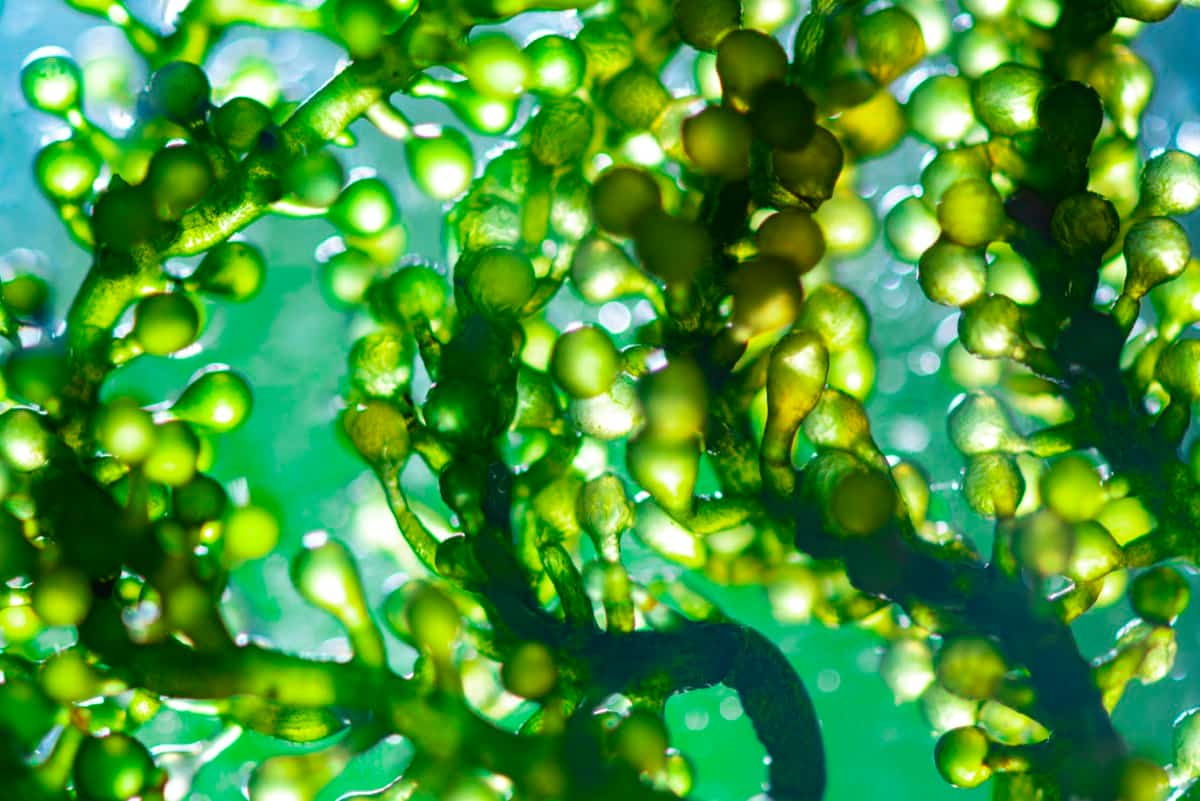
Conclusion
Phytoplankton is a term that refers to small, free-floating aquatic plants found in oceans, freshwater bodies, and brackish waters. These microscopic organisms are an essential component of the food chain in aquaculture as they serve as the primary source of nutrition for many species of marine animals.
- How to Make Houseplants Bushy: Effective Tips and Ideas
- Innovative Strategies for Boosting Coconut Pollination and Yield
- Pollination Strategies for Maximum Pumpkin Yield
- The Complete Guide to Chicken Fattening: Strategies for Maximum Growth
- Natural Solutions for Tulip Problems: 100% Effective Remedies for Leaf and Bulb-Related Issues
- Revolutionizing Citrus Preservation: Towards a Healthier, Greener Future
- Natural Solutions for Peony Leaf and Flower Problems: 100% Effective Remedies
- Maximizing Profits with Avocado Contract Farming in India: A Comprehensive Guide
- Natural Solutions for Hydrangea Problems: 100% Effective Remedies for Leaf and Flowers
- The Ultimate Guide to Choosing the Perfect Foliage Friend: Bringing Life Indoors
- From Sunlight to Sustainability: 15 Ways to Use Solar Technology in Agriculture
- The Ultimate Guide to Dong Tao Chicken: Exploring from History to Raising
- The Eco-Friendly Makeover: How to Convert Your Unused Swimming Pool into a Fish Pond
- Mastering the Art of Delaware Chicken Farming: Essentials for Healthy Backyard Flocks
- 20 Best Homemade Fertilizers for Money Plant: DIY Recipes and Application Methods
- How to Craft a Comprehensive Free-Range Chicken Farming Business Plan
- Brighten Your Flock: Raising Easter Egger Chickens for Beauty and Bounty
- How to Optimize Your Poultry Egg Farm Business Plan with These Strategies
- Subsidy for Spirulina Cultivation: How Indian Government Schemes Encouraging Spirulina Farmers
- Ultimate Guide to Raising Dominique Chickens: Breeding, Feeding, Egg-Production, and Care
- Mastering the Art of Raising Jersey Giant Chickens: Care, Feeding, and More
- Ultimate Guide to Raising Legbar Chickens: Breeding, Farming Practices, Diet, Egg-Production
- How to Raise Welsummer Chickens: A Comprehensive Guide for Beginners
- How to Protect Indoor Plants in Winter: A Comprehensive Guide
- Ultimate Guide to Grow Bag Gardening: Tips, Tricks, and Planting Ideas for Urban Gardeners
- Guide to Lotus Cultivation: How to Propagate, Plant, Grow, Care, Cost, and Profit
- Agriculture Drone Subsidy Scheme: Government Kisan Subsidy, License, and How to Apply Online
- Ultimate Guide to Raising Araucana Chickens: Breed Profile, Farming Economics, Diet, and Care
- Bringing Hydroponics to Classroom: Importance, Benefits of Learning for School Students
- Ultimate Guide to Raising Polish Chickens: Breed Profile, Farming Economics, Diet, and Care
- Ultimate Guide to Raising Australorp Chickens: Profile, Farming Economics, Egg Production, Diet, and Care
- Silkie Chicken Farming: Raising Practices, Varieties, Egg Production, Diet, and Care
- Sussex Chicken Farming: Raising Practices, Varieties, Egg Production, Diet and Care
- Homemade Feed Formulations for Livestock: Discover Cost-effective Starter to Finisher Feed Recipes
- 20 Best Pig Weight Gain Supplements: Top Swine Weight Gain Formulas
- Ultimate Guide to Elderberry Farming: Propagation, Planting, Yield, Cost, and Profit